The term plastic fabrication includes the many industrial processes which produce every conceivable type of plastic product (both stand-alone objects and integral parts). Such plastic creations are used and sold by virtually every modern industry and are among the most in-demand products in the world. Read More…
We are accomplished plastic fabricators. The usability of our products is unmatched. We offer a plethora of secondary services for optional features. All of engineers are extremely thorough when creating these plastics. Your satisfaction is essential to us. You can count on us to give you exactly what you are looking for. Give us a call today to learn more information!
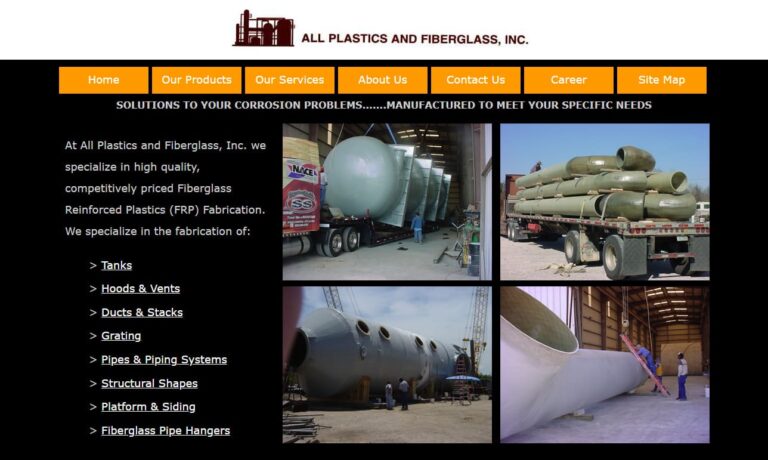
At Park Plastic Products our main focus is manufacturing custom fabricated tanks from polypropylene and co-polymer. Chemical rinse tanks, dip tanks, anodizing tanks, tank liners, air purification tanks, drip pans and custom rolled polypropylene tanks are available to be built to your size and specifications.
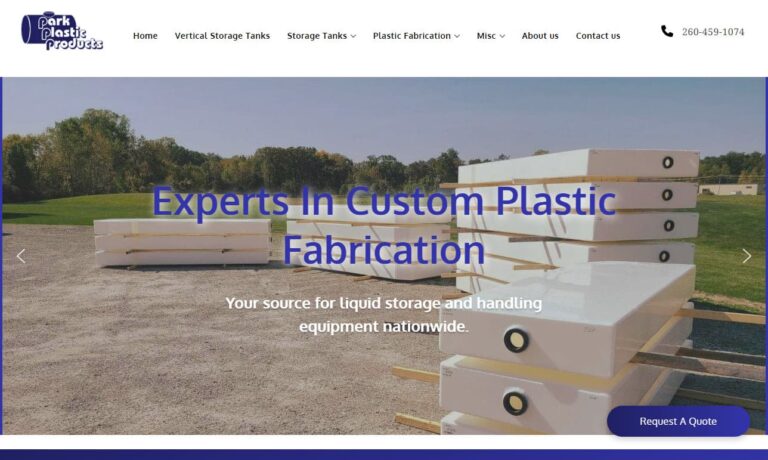
Experts in unique custom plastic extrusion products and complex secondary fabrications, Northland Plastics specializes in custom plastic profile extrusions such as extruded plastic tubing, rigid plastic profiles and flexible plastic profiles. Call Northland Plastics, Inc. for all your extrusion needs.
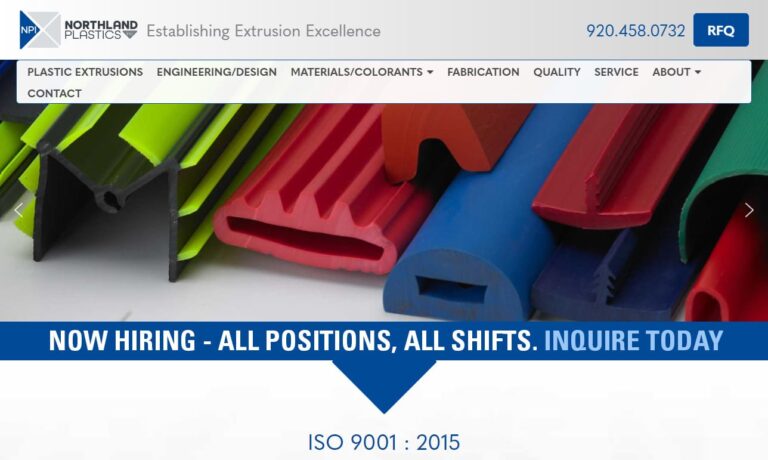
Thrust Industries is committed to quality in everything it does, from its technical knowledge to its customer service. As a leading plastic fabricator, the entire team at Thrust is devoted to developing high-quality solutions for your business and delivering them exactly when you need them. Thrust has served the needs of customers across the globe for over 3 decades— become one of them today.

Comco Plastics, Inc. offers precision machined plastic and custom fabrication including vacuum forming and plastic parts. We have highly skilled machinists and an array of CNC equipment available. Pellet to part manufacturing capabilities. From R&D to applications, we have the experience you need.
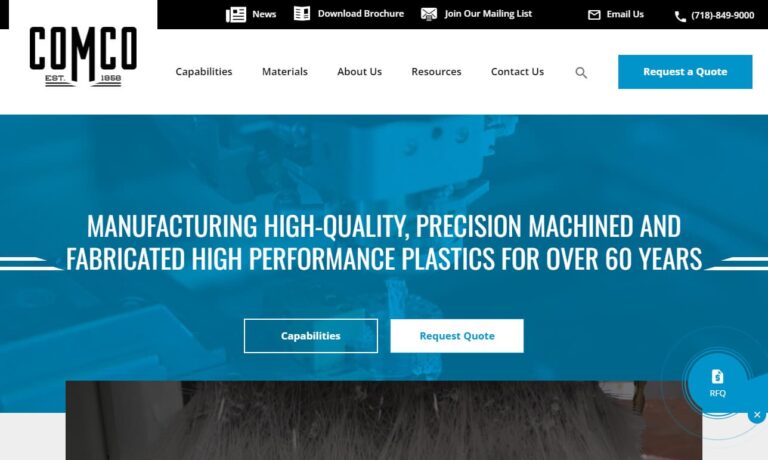
More Plastic Fabrication Companies
Loosely speaking, plastic can refer to any synthetic polymer that resembles natural resins. (A polymer is an extremely long molecule chain; resins are unique, viscous organic compounds which are insoluble in water and able to harden into solids.) Plastic fabrication more specifically refers to any industrial process which contributes to the overall process of converting plastic resin into practical consumer products. Plastic fabrication can further be divided into sub-categories of design, manufacturing, and assembly.
History
The history of plastics can be confusing because of the flexibility of the definition of “plastic.” Natural substances that resemble plastic, such as horn and rubber, have been used by civilization for thousands of years. The true advent of modern plastic, however, cannot really be traced farther back than the Industrial Revolution and mid-19th century. British inventor Alexander Parkes is often credited with the earliest invention of “plastic” via the invention of “Parkesine”, a cellulose-based material that was put on display at London’s Great Exhibition (1862). “Parkesine” was made by dissolving cellulose nitrate in solvent and then placing it on a heated rolling machine. Not long after, two American brothers (the Hyatts) added camphor to this mixture, creating celluloid (c. 1870). However, fully synthetic plastic would not appear until the 20th century. From 1907-1909, Belgian-American Dr. Leo Baekeland created Baekelite, a fossil fuel-based plastic that was eventually applied to radio/telephone casings, electrical insulators, kitchen cookware, jewelry, etc. Baekeland’s primary ingredient was phenol, a coal tar acid. Further forms of synthetic plastic (e.g. polystyrene, polyester) developed over the following decades. Ironically, the trauma of the two world wars helped to seal the importance of plastic for military applications – and, incidentally, for consumer applications (since the resulting glut of plastic needed to be repurposed after 1945). The appearance of Tupperware in 1948 marked one of the earliest widespread uses of commercial plastic. (For further information on the history of plastic, see Plastic Materials and Plastic Containers.)
Advantages
Plastic has become an extremely popular alternative to materials like glass, metals, and wood for several reasons. Firstly, plastic is incredibly versatile, capable of being molded into almost any shape or form imaginable. It is also more user-friendly compared to other substances. Many consumers prefer plastic over metal because it is lighter and safer, yet just as effective in many aspects. Additionally, plastic is inexpensive, allowing manufacturers to be more cost-effective with less effort. One of the most valued properties of plastic is its durability. It is resistant to various substances and conditions, including abrasive chemicals, high impact, extreme temperatures, vibration, moisture, and pressure. Unlike many metals, plastic does not oxidize when exposed to water, making it ideal for outdoor use.
However, the primary disadvantages of plastic production and usage are environmental. Some plastic production practices have negative impacts on the environment and corresponding health effects. For instance, the “spray up” process of plastic production releases volatile organic compounds (VOCs) like styrene into the atmosphere.
Stages of Plastic Fabrication
To meet the diverse needs of various industries, plastic fabricators utilize a wide array of fabrication processes and equipment. Common fabrication processes include extrusion, injection molding, welding, machining, and stamping. These industrial plastic fabrication processes are categorized based on several factors, such as the specific end products and the nature of the processes themselves. For practical purposes, different fabrication methods are grouped according to two of the three basic stages of plastic fabrication: manufacturing and assembly.
Manufacturing
At the initial stage of plastic fabrication, most plastics arrive at the fabricator as raw resin, which can be in the form of flakes, powder, or small granules. This raw material can be derived from organic sources (e.g., cellulose from wood) or from fossil fuel compounds (oil, natural gas, coal, etc.). Plastics are generally carbon-based, with silicones (which are silicon-based) being the primary exception. Plastic materials are categorized into two broad types: thermoplastics (which can be melted and remolded after production) and thermosets (which cannot be remelted and remolded after production). The raw material is purified and reorganized into polymers through addition or condensation reactions, preparing it for the actual formation process. Plastic resins are often blended or enhanced with additives to improve their properties.
To transform plastic resin into usable parts or products, fabricators employ various fabrication methods. Molding is the most common form of plastic fabrication. This process involves using a mold to shape and cool the heated plastic resin. Beads of plastic raw material (both resins and additives) are melted, mixed into a liquid, and then introduced into a mold at elevated temperatures and/or pressure. Some of the more relevant types of molding include:
Injection Molding
Injection molding is the most prevalent plastic fabrication technique. In this method, plastic material is injected into a closed mold where it cools and solidifies. Common resins used in this process include epoxy, polyester, and polyurethane. This method is ideal for products requiring high melting points, such as dishware. Variations include reaction injection molding for thermosets, and reinforced reaction injection molding which uses chopped glass or fiber, or matted fiber for added strength.
Rotational Molding (Centrifugal Casting)
In rotational molding, plastic resin is injected into a spinning mold lined with woven mats. The centrifugal force ensures the resin saturates the mats during curing. This method is typically used to produce hollow objects like pipes, tanks, automotive parts, and canoes.
Blow molding
Blow molding uses compressed air to inflate a pre-formed thermoplastic tube, making it conform to a mold’s shape. The process has sub-categories: extrusion blow molding and injection blow molding, differentiated by how the pre-form, or parison, is created. Common products include bottles and tanks.
Compression Molding
Compression molding uses a sheet molding compound (SMC) or a bath of plastic resin embedded with glass fibers. A hydraulic press cures the material with heat and pressure. Though less common due to high costs, it’s used for high-production items like car fenders and clothing fasteners.
Extrusion
Extrusion involves forcing plastic resin through a heated, pressurized barrel and into a die to create basic forms such as sheets and tubes. This method can produce items for further molding or stand-alone objects. Pultrusion, the opposite of extrusion, uses pulling forces. Both methods are thermoforming processes, melting resin to shape it as it cools.
Lay-Up Methods
Lay-up methods stack dry sheets (plies) into open molds, covering them with resin to cure under pressure. Hand rollers manually apply pressure. Dry lay-ups saturate the plies at the end, while wet lay-ups saturate each ply during stacking for even resin distribution. The spray-up method, an automated version, uses a pneumatic gun. Both manual and automatic methods can be combined for stronger products.
Resin Transfer Molding
Similar to lay-up methods, resin transfer molding saturates meshes with fiber-reinforced resin but uses closed molds instead of open ones. Resin is injected into the mold, sometimes using a vacuum in a variation called vacuum-assisted resin transfer molding.
Assembly
Any plastic fabrication operation that takes place after the base plastic has been formed can be categorized as a post-process activity. Mechanical processes such as plastic assembly, bending, cutting, drilling, engraving, etching, punching, stamping, and tapping fall under this category. These processes, while not always necessary, are common in plastic fabrication and allow for any necessary modifications to be made. Assembly operations, including welding, cutting, and gluing, specifically involve combining different plastic parts to form finished products.
Cutting processes further shape the plastic for specific applications once it has been molded. Typically, plastic fabrication is assisted by computer numerical controlled (CNC) software, especially during cutting stages. CNC machinery greatly enhances efficiency and accuracy, minimizing human error and enabling the production of high volumes of identical, complex parts. Examples of CNC machinery include CNC routers, mills, and lathes, while specialized cutting processes such as gun drilling and centerless grinding produce unique shapes. Traditional mechanical die cutting is still used alongside advanced CNC and laser cutting methods.
Assembly operations encompass any process that combines different plastic pieces to create a product or part. Common assembly methods include adhesive bonding and mechanical fastening. Plastic welding, which involves heating two pieces of thermoplastic until they become viscous and then pressing them together, is particularly useful for plastics that do not respond well to adhesives. Subcategories of welding include hot gas emissions, high-frequency vibration, and contact welding.
Lamination in plastic fabrication creates a surface barrier for other materials, enhancing their strength or chemical resistance. Film lamination applies plastic to the exterior of a product, while resin lamination places laminating material between substrates.
Various end finishing processes are applied to plastic products for aesthetic or functional purposes, including polishing, buffing, powder coating, and silk screening.
The plastic fabrication process lacks a strict chronology, with various methods occurring at different stages. For instance, extrusion can occur early or directly before adhesion or lamination. Thermoforming processes can be confined to molding or combined with later post-process methods, such as bending plastic sheets on a strip heater. The use of additives in plastic fabrication also illustrates the flexibility of the process. Chemical additives like plasticizers, impact modifiers, external lubricants, fillers/extenders, flame retardants, and thickeners can be added during early mixing stages or during assembly and other post-process stages.
Applications
Every modern industry relies heavily on plastic. Examples include agriculture, architecture, automotive, chemical processing, cosmetics, construction, electronics, engineering, food and beverage processing, hospitality, medical, lighting, packaging and shipping, pharmaceutical, restaurant, sign making, and toy manufacturing. Some industries, like aerospace, depend on specialized fabrication processes such as resin film infusion.
Plastic fabricators are essential to the modern world, enabling everyday operations from storing leftovers in plastic containers to operating pump systems. They produce various types of plastics, including acrylics, nylon, polyethylene, polyester, polystyrene, polyvinyl chloride, and polypropylene. For more details on different types of plastic materials, see Plastic Materials.
Finished plastic products from manufacturing and assembly include carts, display racks, enclosures, plastic tanks, signs, laminated electric insulators, truck roofs/panels, access doors, control panels, and toys. Plastic tanks, in particular, highlight the importance of plastic fabrication due to their need for chemical corrosion resistance and specific fabrication processes like rotational molding or filament winding, which involves pulling fibers through a resin bath and around a rotating mandrel.
Plastic fabrication processes produce not only standalone products but also components essential to other products and systems. These components include bolts, nuts, screws, guide rings, O-rings, wear rings, insulators, adaptors, bearings, bushings, spacers, and shims.
Considerations
Plastic fabricators are essential for the creation of all plastic products, making them crucial for every consumer of plastic components. These fabricators produce everything from standard items like plastic washers to custom products for specialized electronics. Selecting the right plastic fabrication process is vital for fabricators, as the characteristics of the end product and the flexibility of the fabrication process are key factors in this decision.
The specifications of the end product—such as its dimensions, ideal chemical composition (whether it involves single or compound plastics, or a mix of plastic and non-plastic materials), and practical application—guide the entire fabrication process. Materials are chosen based on how their properties meet the product’s application requirements. For instance, plastic products used in the food and medical industries must be non-toxic and contaminant-resistant, as well as watertight to prevent damage or contamination from fats, oils, and bodily fluids.
Moreover, plastic materials used in machine hardware and parts need high tensile strength and must withstand abrasion, moisture, oil exposure, and chemicals. Similarly, plastic components in the automotive industry must resist vibrations and shattering. The flexibility of a product, and consequently the flexibility of its fabrication process, is crucial due to its financial implications. Tooling for certain fabrication methods, such as injection molding, can be very costly, making it important to minimize changes in product design and application.
Choosing a Plastic Fabrication Supplier
Finding a quality plastic fabricator is crucial, as they often handle not only the manufacturing and assembly stages but also the initial design phase of product creation. The engineering of plastics is a complex process, requiring a fabricator to consider numerous factors such as working temperature ranges, size parameters, temper (hardness or softness), color, and tensile strength requirements. Plastic fabricators typically offer products in pre-engineered designs and standard sizes, providing customers with examples and dimensions to choose from. However, a reputable plastic fabricator should also be able to design specialized and custom-made pieces upon request, utilizing tools like CAD and virtual 3D prototyping.
Due to the complexity of plastic fabrication, many independent manufacturers specialize in specific aspects of the process, such as extrusion or injection molding. This specialization often benefits customers, as it usually corresponds to a higher level of expertise and capabilities. When seeking a plastic fabricator, it’s important to inquire about their quality control measures. Quality assurance tools such as strict barcoding or the Kanban system indicate a fabricator’s integrity and expertise. Additionally, working with plastic suppliers who maintain close relationships with fabrication companies can enhance custom fabrication options.
Many standards in the plastic industry are derived from ISO guidelines. For instance, thermoplastics are governed by ISO 306, while ISO 9001:2008 focuses on the quality of customer service. It’s essential to ensure that the plastic fabricator you choose has a high level of accreditation and adherence to industry standards.


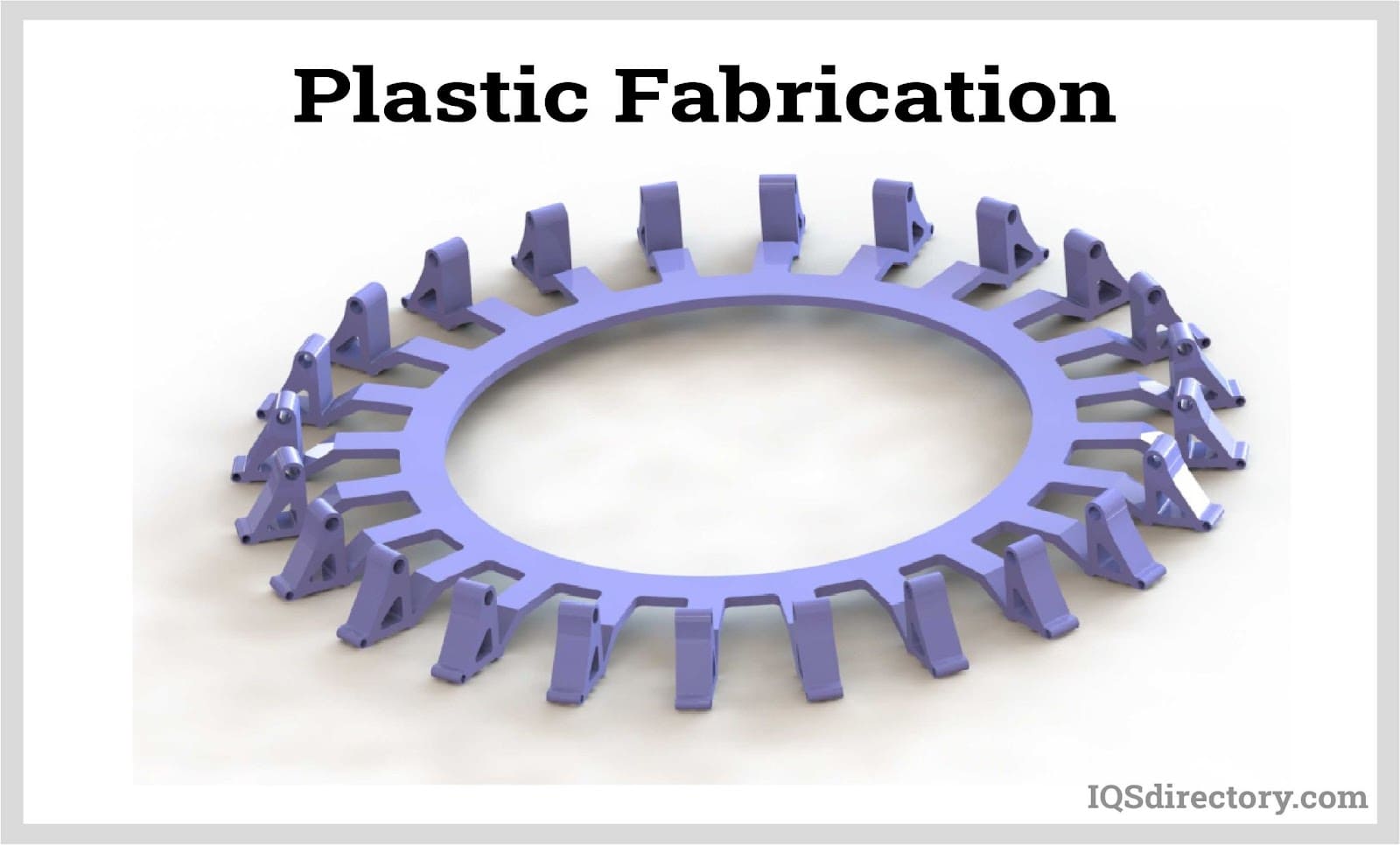
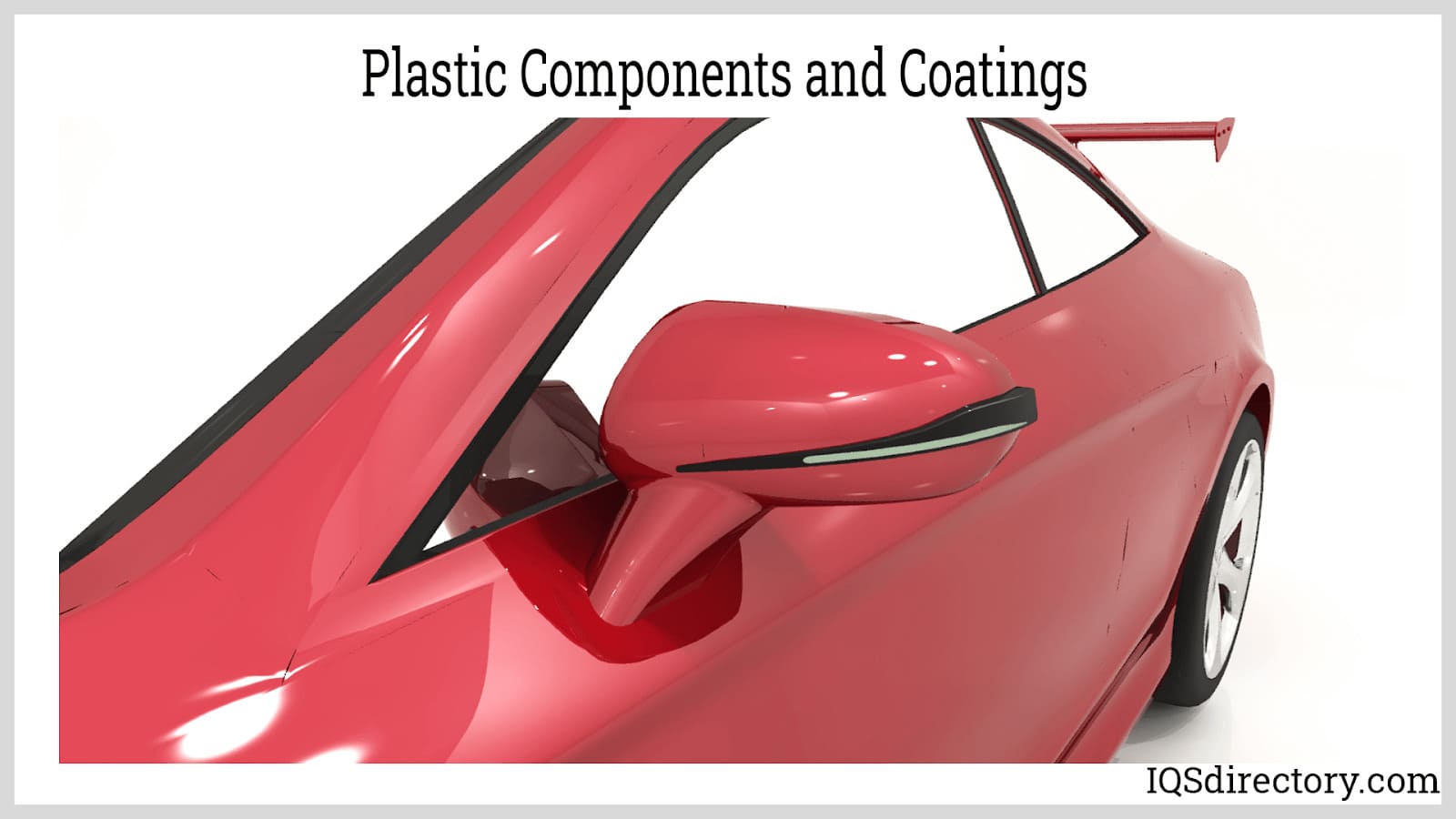
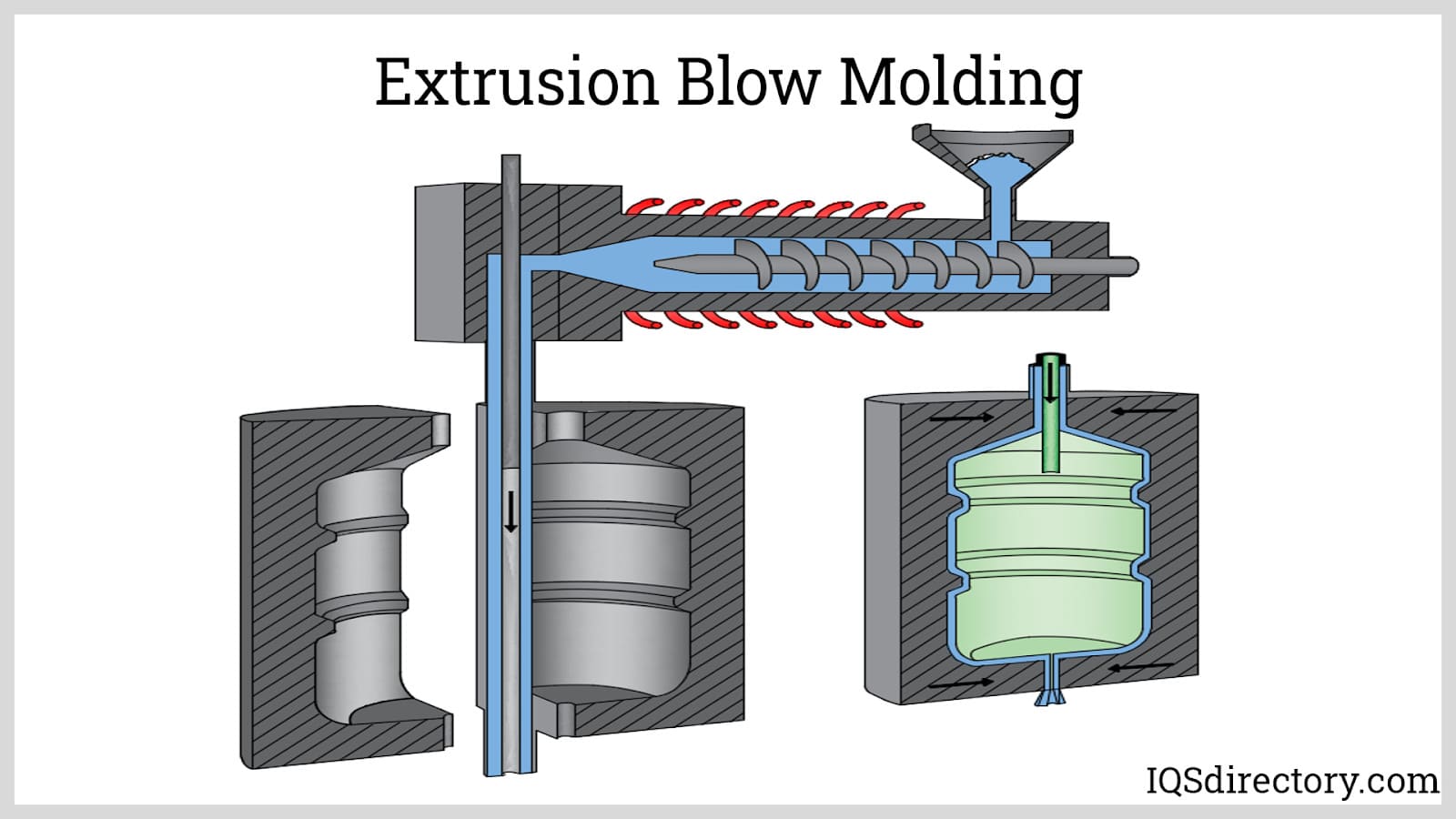
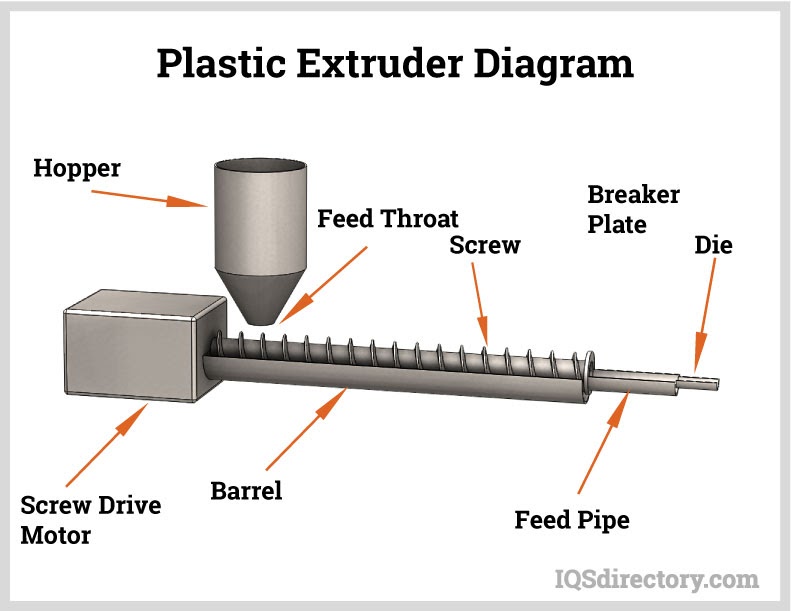
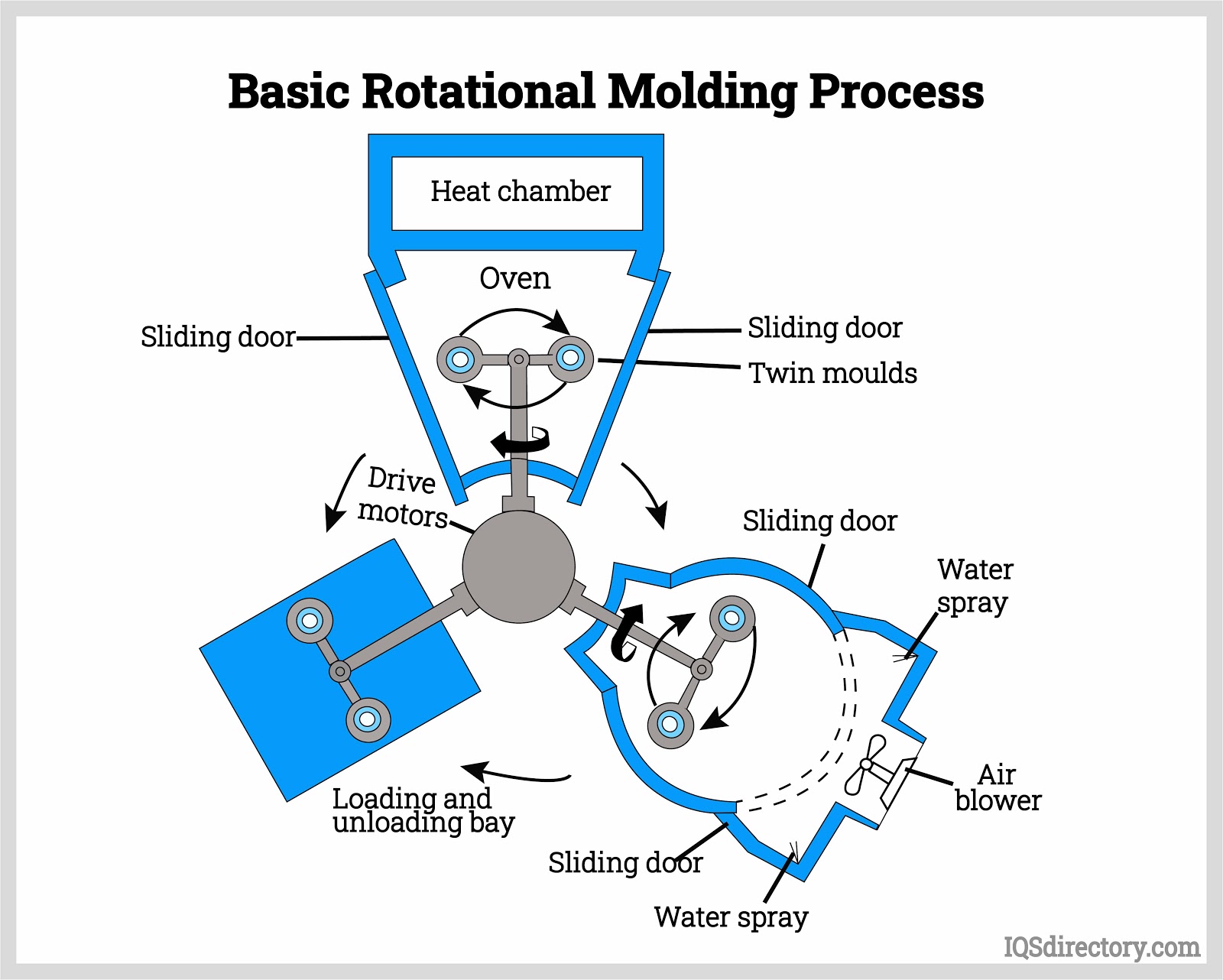
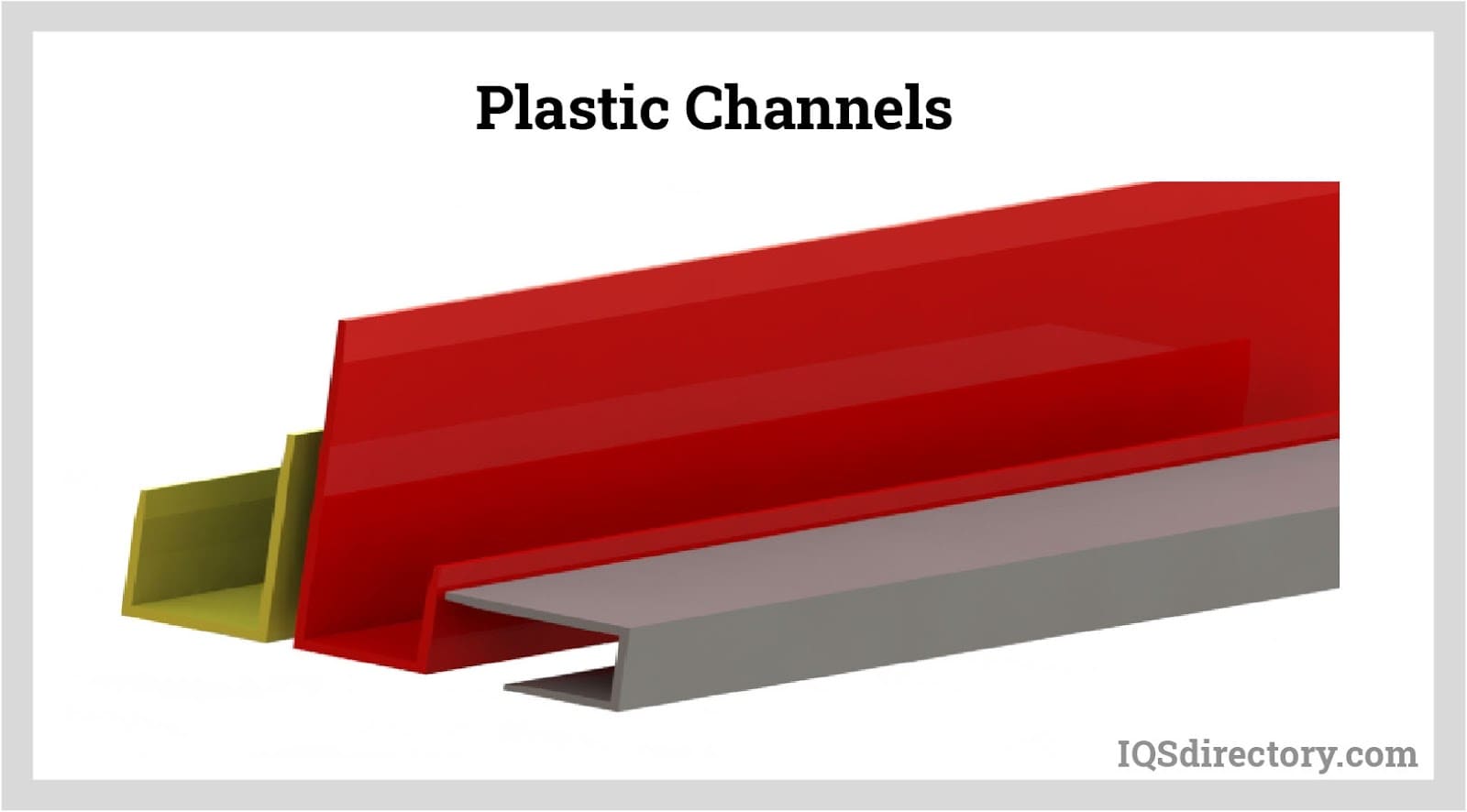
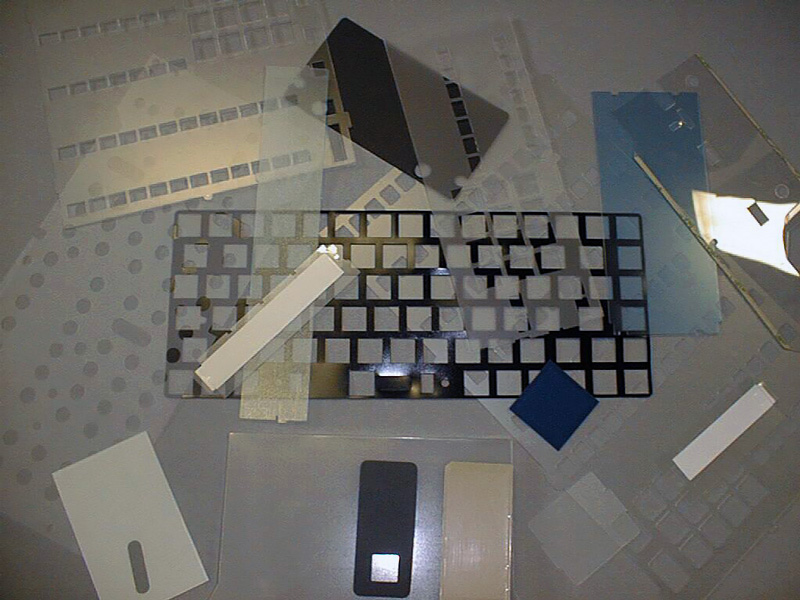 Die Cutting
Die Cutting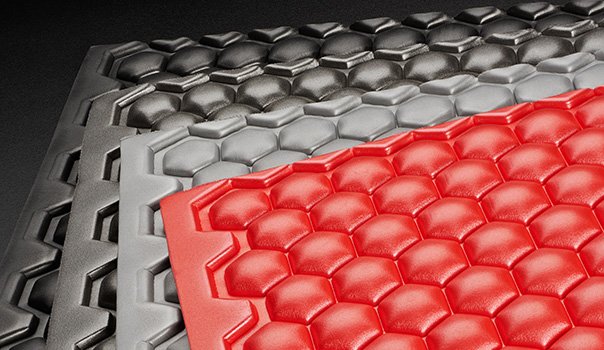 Foam Fab
Foam Fab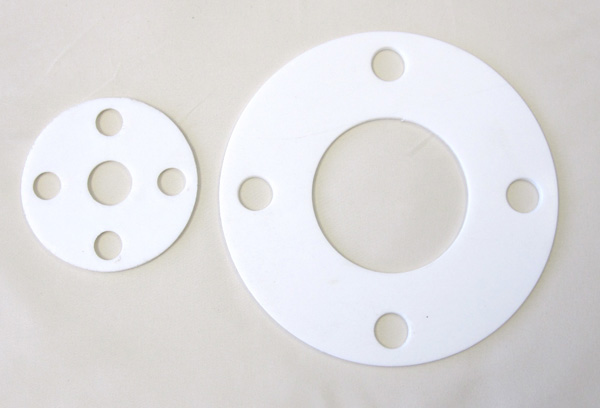 Gaskets
Gaskets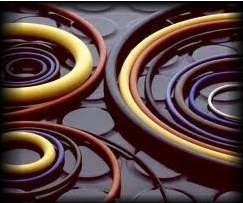 O-rings
O-rings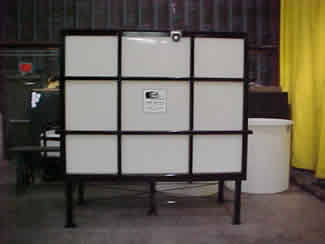 Plastic Fabricators
Plastic Fabricators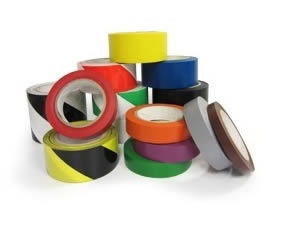 Tape Suppliers
Tape Suppliers Castings & Forgings
Castings & Forgings Bulk Material Handling
Bulk Material Handling Electrical & Electronic Components
Electrical & Electronic Components Flow Instrumentation
Flow Instrumentation Hardware
Hardware Material Handling Equipment
Material Handling Equipment Metal Cutting Services
Metal Cutting Services Metal Forming Services
Metal Forming Services Metal Suppliers
Metal Suppliers Motion Control Products
Motion Control Products Plant & Facility Equipment
Plant & Facility Equipment Plant & Facility Supplies
Plant & Facility Supplies Plastic Molding Processes
Plastic Molding Processes Pumps & Valves
Pumps & Valves Recycling Equipment
Recycling Equipment Rubber Products & Services
Rubber Products & Services